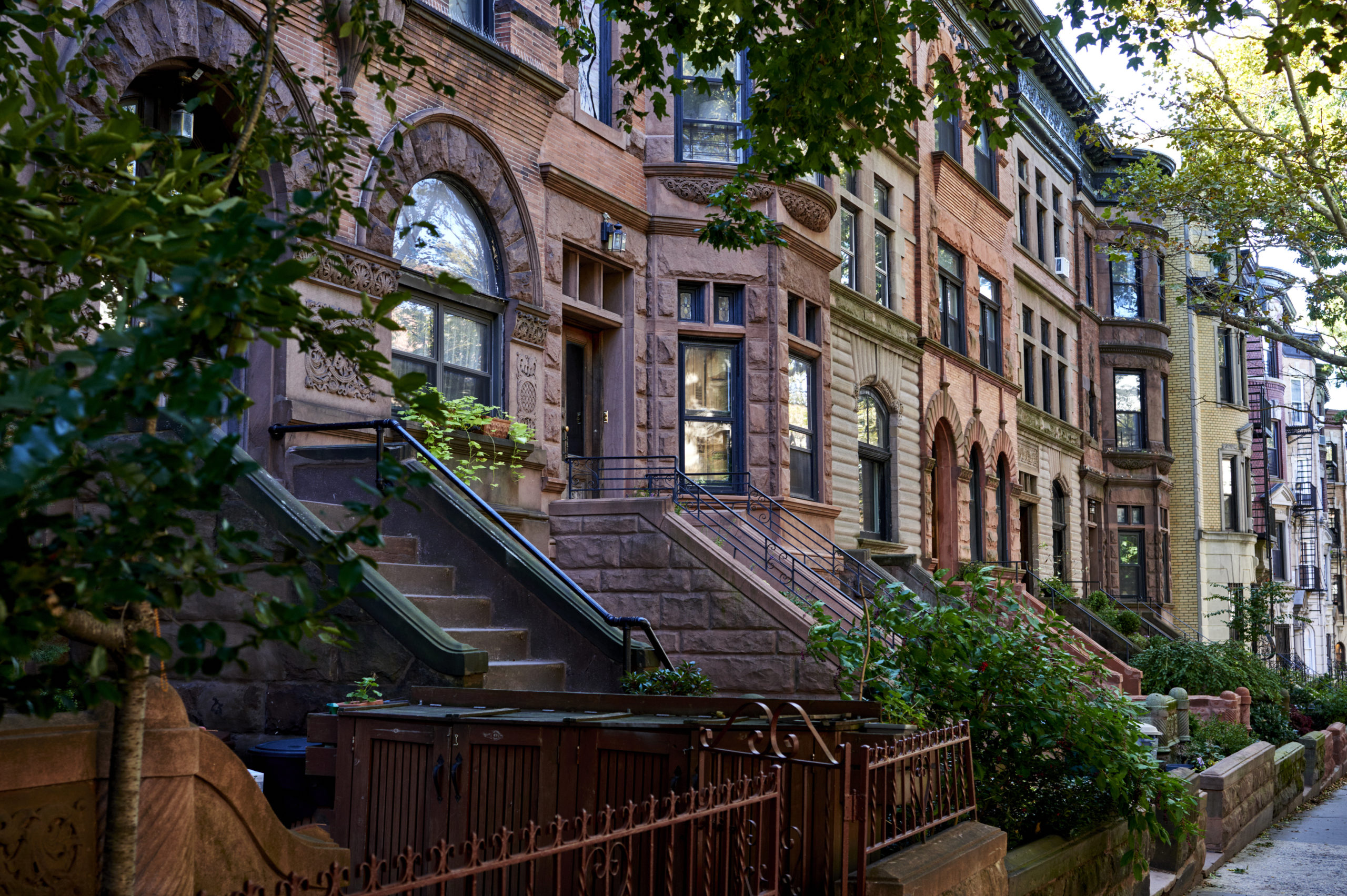Brooklyn has been through a lot of changes since the 1950s. It evolved from a rough-around-the-edges, working-class borough of New York City to a blighted but unbowed urban expanse that forged its own voice. Then it became the frontier for artsy technocrats with a taste for coffee shops, galleries, gastropubs and event spaces. In short, Brooklyn evolved from humble to hip over the past few decades.
But many real estate professionals are giving public voice to what was, two years ago, sheer heresy: Maybe this New York City borough — if it were still its own city it would be America’s third-largest — isn’t as hip as it used to be.
There’s Brooklyn, Then There’s Everywhere Else
It’s hard to compare Kings County, as Brooklyn is otherwise known, with anyplace else. Life is quantitatively and qualitatively different. A higher percentage of Brooklynites commute via subway than people living in any comparable municipality. Gentrification has completely transformed neighborhoods as, over the past 20 years, average per capita income practically doubled with knowledge workers and creative types who work in Manhattan filling up rehabbed brownstones and spurring new construction. Brooklyn is majority minority, with black and Hispanic residents accounting for 54% of its 2.5 million residents. The remainder of the community has another distinction: The Jewish population of Brooklyn, 561,000, is larger than that of Jerusalem.

[Caption: Mural inside Dumbo’s One Girl Cookies pastry shop by Aaron Meshon]
Brooklyn evolved into a patchwork of neighborhoods that, to a degree, you can’t ignore, are often defined by dominant ethnic groups. The Chassidic and Orthodox Jews are concentrated in Borough Park and Williamsburg, while a vibrant Chinatown has emerged in Sunset Park. The language on the street in Bushwick is Spanish, and that in Brighton Beach is Russian. Caribbean culture exploded onto the scene in East Flatbush and Bedford-Stuyvesant continues a long tradition as a cradle of African-American culture.
Of course, not all Brooklyn neighborhoods are defined by ethnicity. The creative and high-tech worlds are studiously diverse, so gentrification has blurred a lot of long-rutted lines. Hipsters have staked their homesteads in Red Hook and Park Slope and reclaimed a stretch along the once-sketchy East River waterfront that has come to be called Dumbo, an acronym for Down Under the Manhattan Bridge Overpass.
“How much? Fuhgeddaboudit!”
“Fugheddaboudit” doesn’t literally translate into “Forget about it.” It’s more like an expression of resignation, or a gentle phrases Brooklyn natives might utter when you tell them what the upstairs unit just sold for. But maybe the decades-long rising temperature of the local housing market is beginning to lose steam.“ The average price per square foot of multifamily buildings in 2018 in Brooklyn was $192, down from 2017’s average of $371,” according to TerraCRG. “The average price per unit was approximately $199,000, down 34% from approximately $303,000 in 2017.”
Others, particularly real estate firm Elliman and appraiser Miller Samuel, still see multifamily unit prices rising, but volumes declining. Brick Underground quotes a Miller Samuel statistic that Brooklyn inventories are up an astonishing 75% year-over-year. We’ll see how sustainable high prices are amid high occupancy, and we’ll also see what effect this dynamic has on the buy-versus-rent decision every home hunter considers. But when you see the gentrification going on in Queens, northern New Jersey, and upper Manhattan, you might think you’re in the 2001 version of Brooklyn. It’s possible that this venerable borough might be an overbuilt buying opportunity about to happen.
Brooklyn at a Glance
- Average monthly rent: $3,125, up 3% year-over-year
- Median condo sales price: $805,000, down 5.9% year-over-year
- Market share of new development rentals: 20.3%, up 1.7% year-over-year
- Condo absorption rate: 3.2 months and rising sharply
Sources: The Elliman Report


